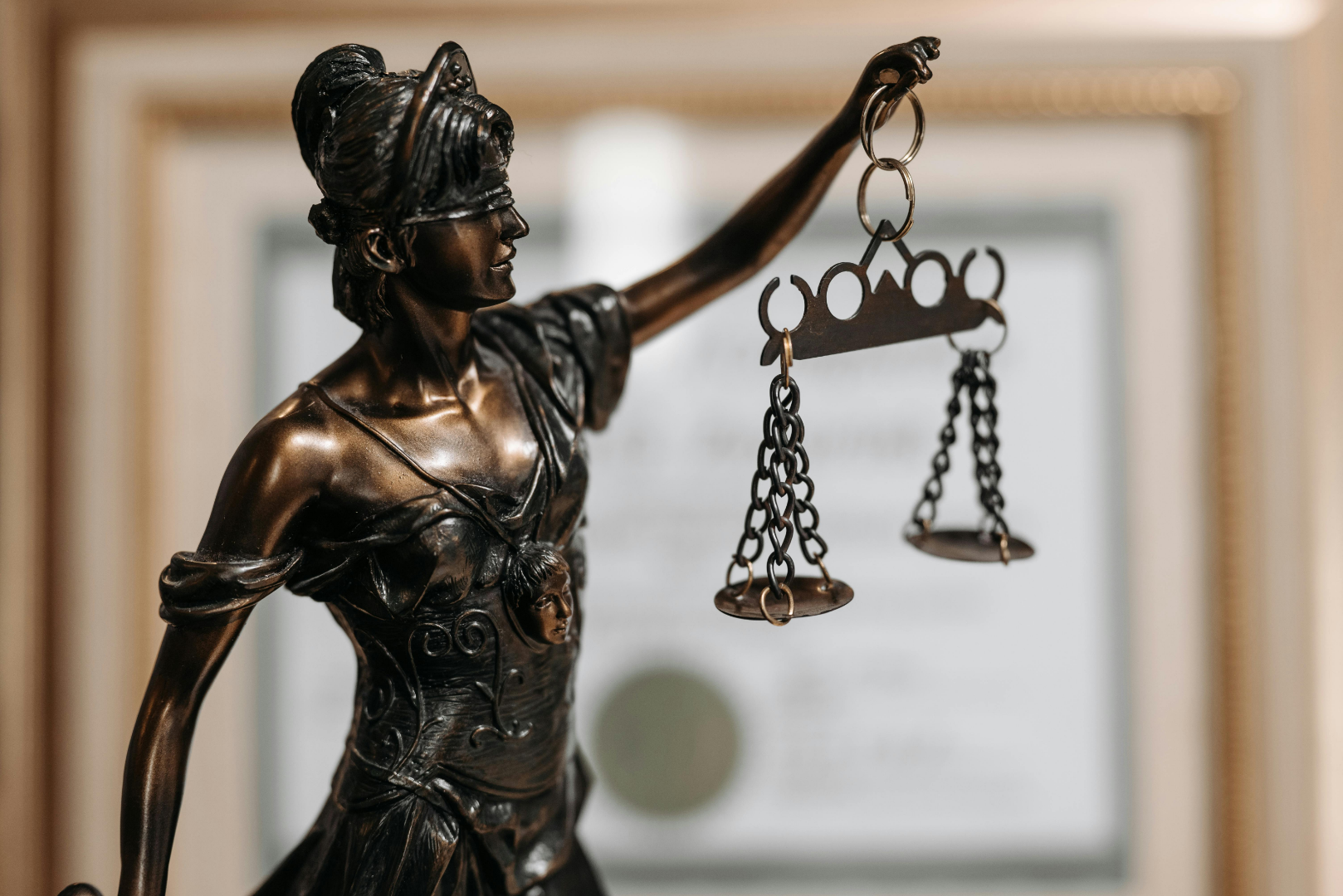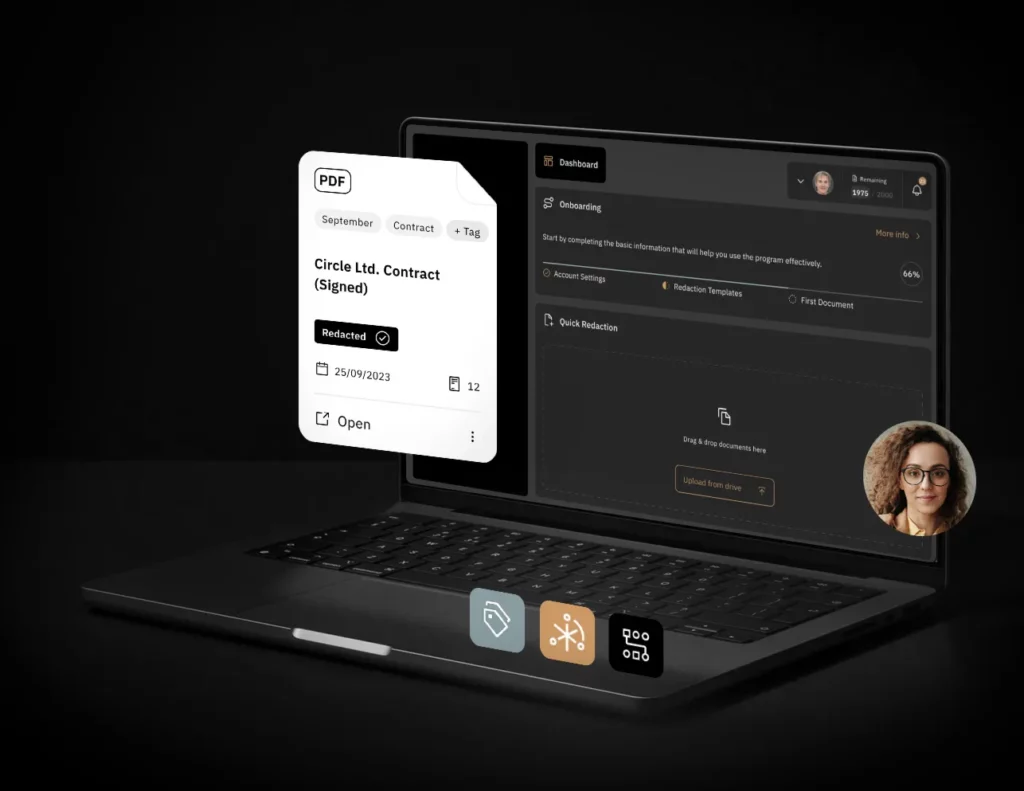Personal data – more than just name and surname
Personal data is the foundation of everyone’s identity. In business documents, data almost always appears. For example, they can appear both in contract headers and in payroll or customer records. Therefore, securing them properly is crucial.
The collation of such data as first name, last name and national identification numbers makes it possible to uniquely identify an individual.
Why you should anonymize:
- Protects against identity theft, for example, in phishing attempts, which adds to the need for adequate data security
- Prevents profiling of employees or customers.
- It eliminates the risk of revealing biometric data from, for example, face photos or document scans, which are virtually impossible to “reset” if leaked.
Anonymization of this category is not only compliance with regulations it is a real protection of people from abuse.
Organization data – a map of the company structure
Data such as TIN , statistical identification number, National Court Register number or position may seem neutral, but in a business context they are very sensitive.
With their help you can reconstruct the organizational structure of a company, identify decision makers or business partners.
Why you should anonymize:
- Makes it difficult to map networks between companies (e.g., by competitors or cybercriminals).
- Protects against impersonation of the organization (spoofing, fake invoices).
- Minimizes the risk of revealing internal business relationships.
In practice, non-anonymized organizational data is an open door for people who want to gain knowledge about a company’s structure and processes.
Contact information – system wicket
An email address or phone number in documents is often the first point of attack. It is on their basis that phishing campaigns, password reset attempts or social engineering are conducted.
Why you should anonymize:
- Protects against social engineering attacks targeting employees.
- Protects against automatic scraping of addresses from documents published online.
- Makes it difficult to target a specific person in the organization.
An anonymized contact address is often the difference between a failed and successful attack.
Financial data – an area of special risk
Accounting, bank documents or ROI reports show information about financial flows, amounts and account numbers.
This is data that is a direct target for cybercriminals.
Why you should anonymize:
- Protects against theft or financial manipulation.
- Prevents disclosure of confidential contract terms or salaries.
- Eliminates the possibility of third-party analysis of the company’s financial flows.
In practice, the leak of a single invoice with an unanonymized account number can become the beginning of a major incident.
Signatures, signatures and handwriting – identity in motion
Handwritten signatures and stamps are still one of the most common forms of document authentication.
A scan of such a signature is a de facto biometric fingerprint in a digital version that can be duplicated, pasted or used in fraudulent documents.
Why you should anonymize:
- Protects against document forgery.
- Secures the authenticity and integrity of signatures.
- Prevents the creation of false authorizations or declarations.
Signature anonymization is a key element in protecting a company’s reputation and credibility.
Address data – privacy in physical space
Addresses appear in almost every document: from invoices to rental agreements.
This data, combined with the name or company name, reveals the location of specific people and structures.
Why you should anonymize:
- Protects against tracking and location analysis.
- Prevents the address from being associated with other disclosed data.
- Reduces the risk of physical attacks or harassment.
In an era of hybrid work and data published in the cloud, geolocation is becoming one of the most underestimated areas of risk.
Identification numbers – digital DNA of objects
Land registry numbers, VINs, ISBNs or ISSNs are data that uniquely identify an object: a property, vehicle, book or publication.
While they themselves are not always personal information, they can lead to the people or organizations behind the sites.
Why you should anonymize:
- Protects against reproduction of owner or location data.
- Makes it difficult to aggregate data from public records.
- Protects against asset profiling.
This is a category that is often overlooked yet one of the most commonly used in OSINT analysis.
Other data – small details, big risks
Dates, URLs, barcodes and QR codes are technical data that often go unnoticed. However, it is in them that a lot of information is hidden, for example, access paths to systems, contract dates or links to internal resources.
Why you should anonymize:
- Protects against disclosure of internal IT structures.
- Secures temporal and tracking data (e.g., dates of operations).
- Prevents escalation of incidents by combining information from different sources.
Bluur® control over 32 categories of data
Knowing exactly what you are protecting is the first step to effective protection.
Bluur.ai offers technology that recognizes as many as 32 categories of data, covering all of the above areas from personal data to technical identifiers.
Thanks:
- ready-made anonymization schemes,
- Manual editing of fields,
- and the ability to mark data that the system did not automatically detect,
Bluur® allows you to tailor your information protection process to the actual context and needs of your organization.
It’s not just a tool it’s a way to manage sensitive data in an informed, precise and fully controlled way.


